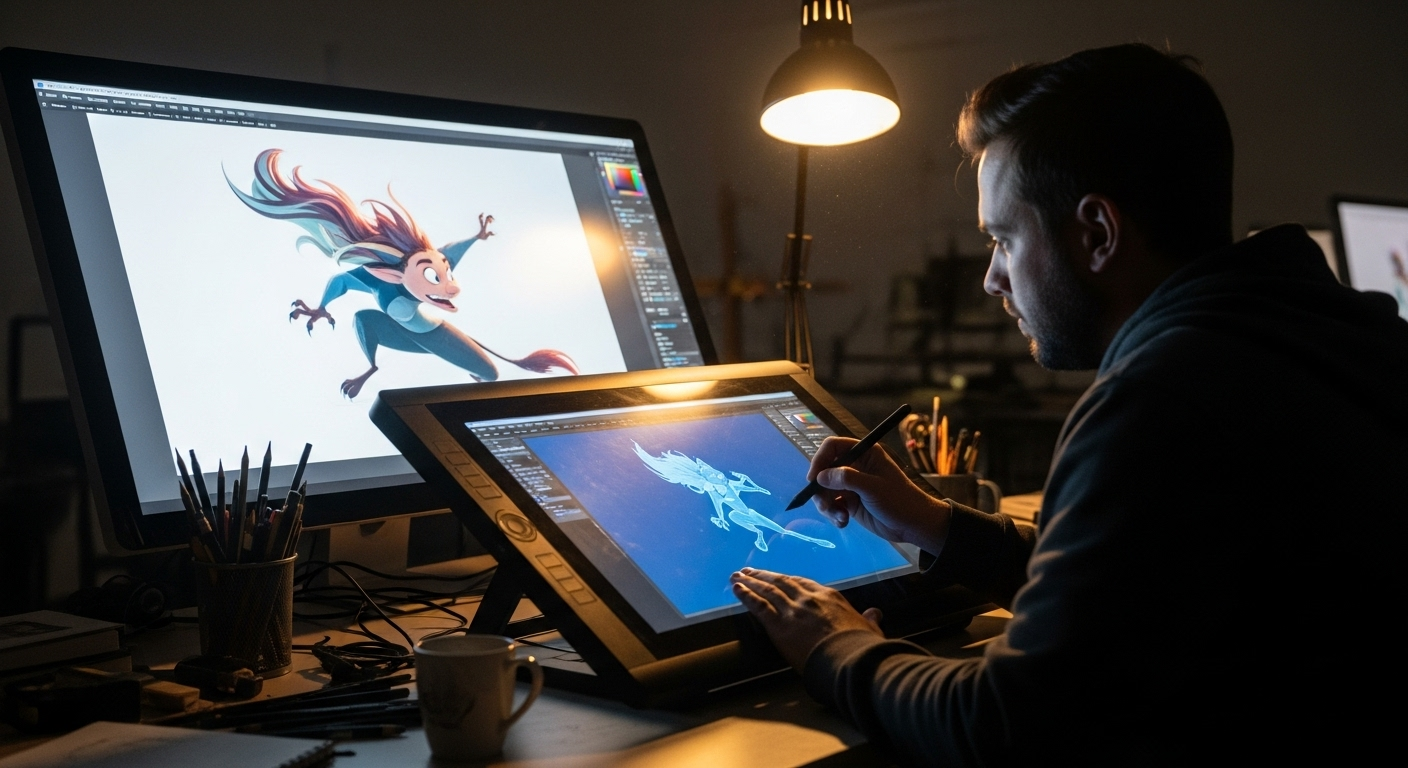Digital Artistry: The Renaissance in Animation and Its Impact on Storytelling
Introduction: In the realm of arts and entertainment, a silent revolution is unfurling. With the advent of cutting-edge technology, the industry is witnessing an unprecedented boom in digital animation. This renaissance is not just altering the visual aesthetics but also profoundly impacting storytelling techniques.

Animation: A Historical Sketch
Tracing back to the early 20th century, animation has always been an integral part of the entertainment industry. Initially, it was dominated by manual sketching, where artists painstakingly drew each frame. The advent of celluloid in the 1920s offered some respite, allowing artists to draw characters on transparent sheets, overlaying them on static backgrounds. However, the real breakthrough came with the introduction of computer-generated imagery (CGI) in the late 20th century, which led to a significant transformation in animation techniques.
The Advent of Digital Animation
The paradigm shift from traditional to digital animation started with the release of Pixar’s ‘Toy Story’ in 1995, the first full-length computer-animated feature film. This milestone opened up a new world of possibilities, with animators no longer constrained by the limits of manual drawing. Since then, digital animation has evolved swiftly, incorporating advanced technologies like 3D modeling, motion capture, and even virtual reality.
Current Trends and Innovations
Today, the animation industry is witnessing an influx of innovative techniques. Among them, the use of artificial intelligence (AI) stands out. AI, with its ability to automate labor-intensive tasks, is enabling animators to create more intricate and realistic scenes. Moreover, the rise of virtual reality (VR) and augmented reality (AR) is offering immersive experiences, thereby enhancing storytelling in animation.
The Profound Impact on Storytelling
The digital revolution in animation has had a profound impact on storytelling. With traditional animation, stories were often straightforward, aimed primarily at a younger audience. However, the advent of digital animation has broadened the narrative scope, enabling creators to convey complex themes and narratives. Films like ‘WALL-E’ and ‘Inside Out’ are testament to this evolution, dealing with topics like environmental degradation and mental health, respectively.
Significance and Reception
The digital renaissance in animation has been widely celebrated, leading to an explosion of content across platforms. It has also elevated animated films to the same level as live-action cinema, with movies like ‘Toy Story 3’ and ‘Up’ even bagging nominations for the Best Picture at the Oscars. The industry’s growth is also reflected in its revenue, with the global animation market projected to reach $270 billion by 2020.
The digital revolution in animation is a testament to the ever-evolving nature of art and storytelling. With technological advancements, the boundaries of creativity are continually being pushed, leading to an exciting future for the world of animation.





